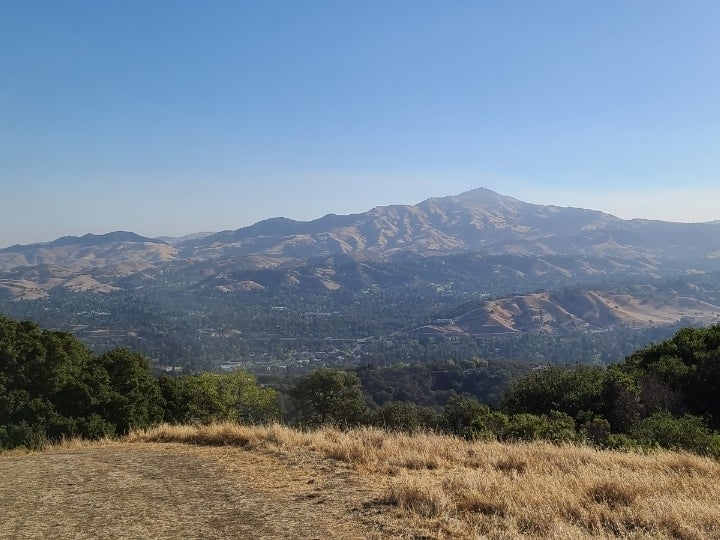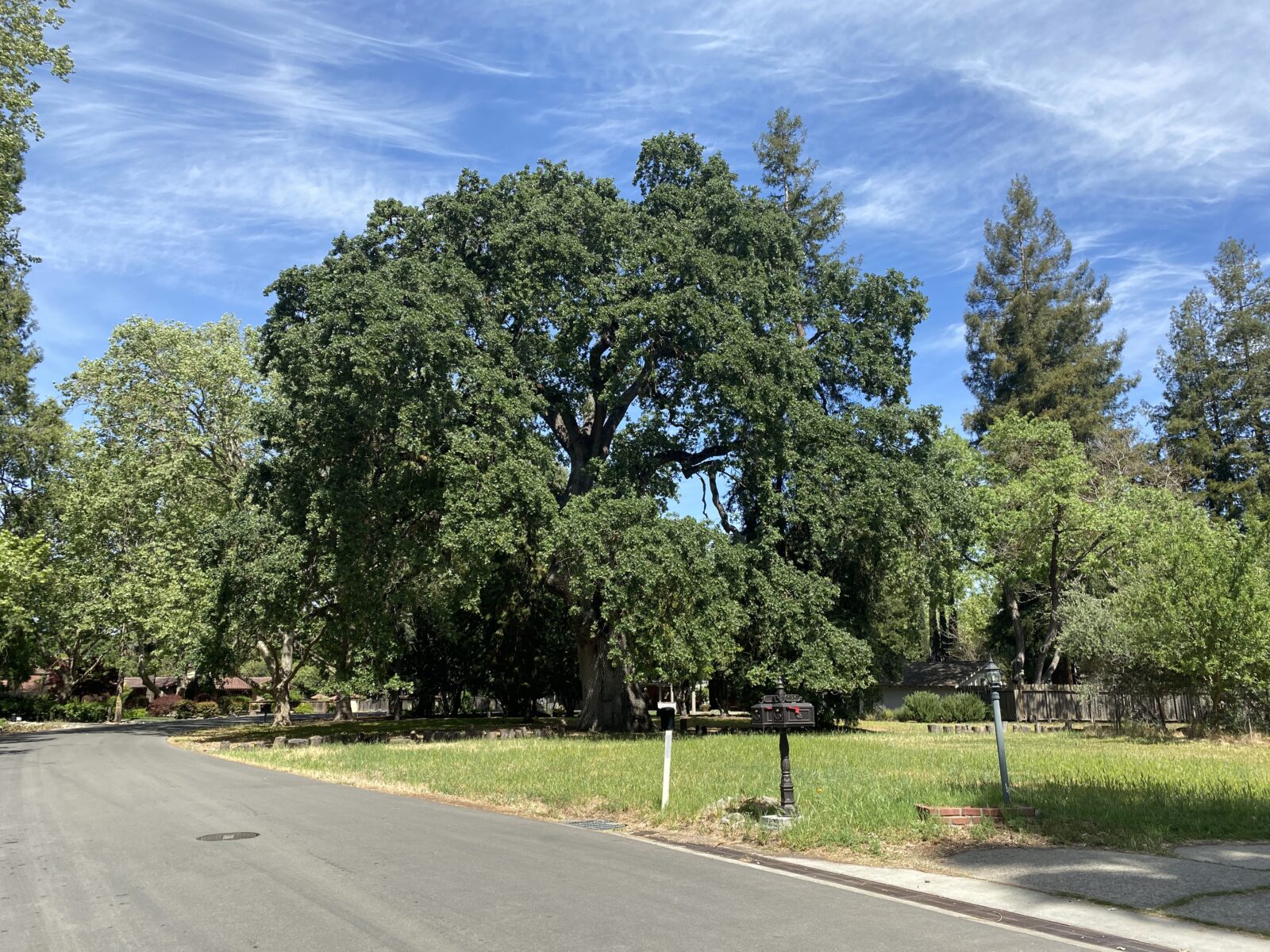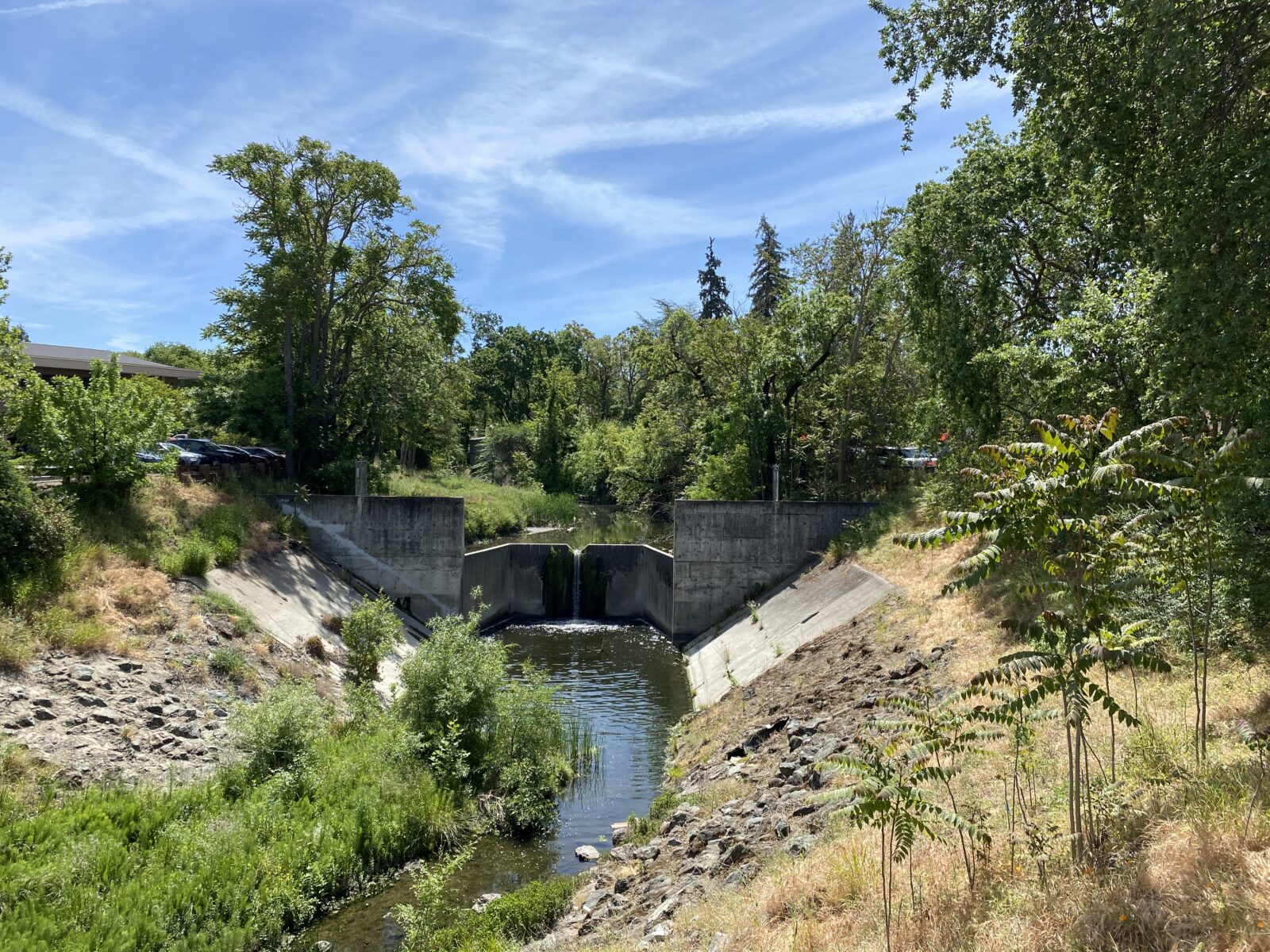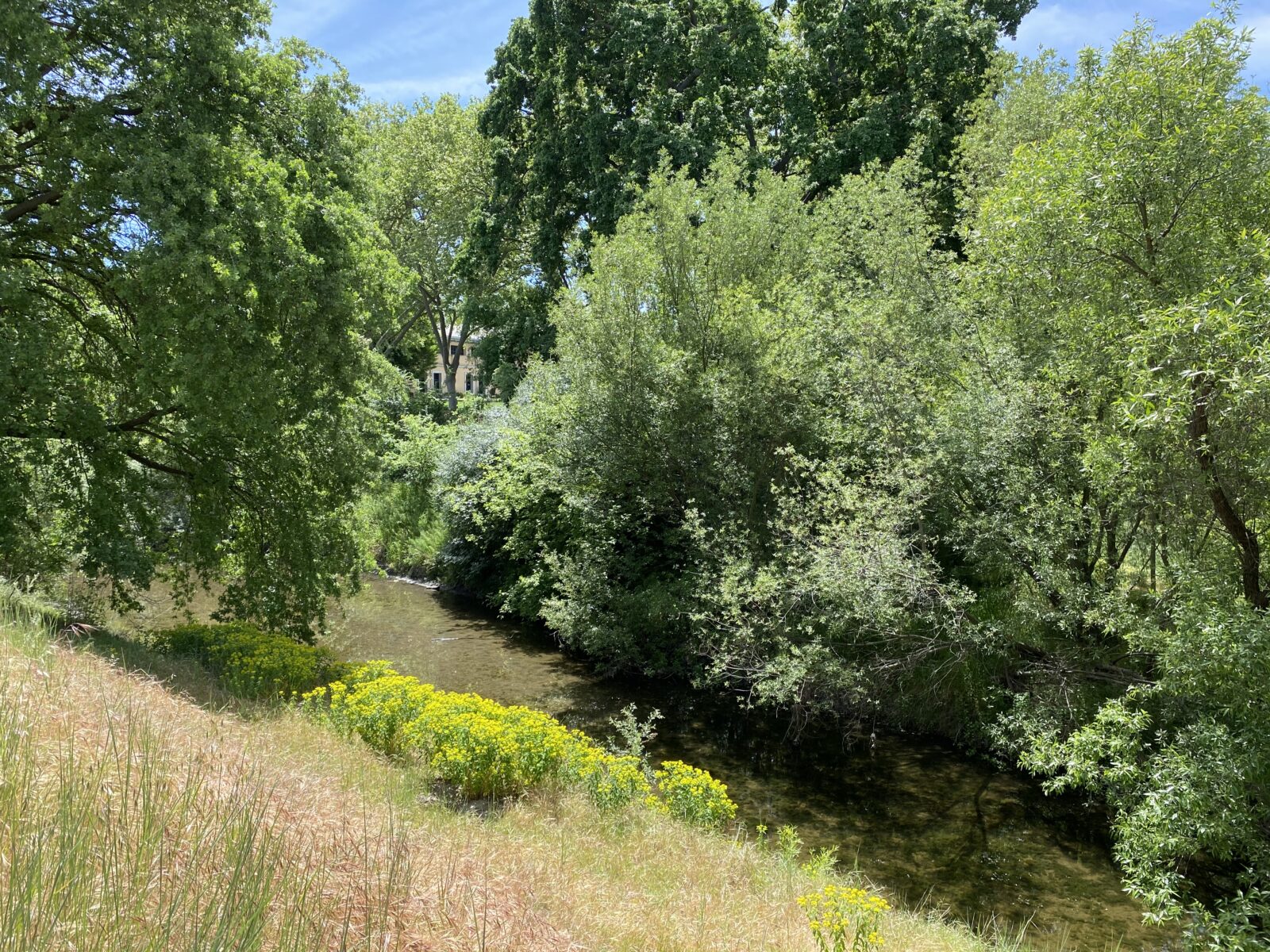
Forget memory lane. California Highway 101 from Santa Maria to Napa was one long blast from the past for me. I lived as a child in Danville, a little town east of San Francisco, and every summer my mother, sister and I would make the trip south on 101 to visit my grandparents in Santa Barbara. In the late 1950s, 101 was maybe two lanes each way and far more like a rural road than the freeways of today. Many of the spots along the way became landmarks for us, starting with Pismo Beach, where we caught either our first or last glimpse of the ocean. Little Pismo Beach was barely on the map back then, and I was flabbergasted to see that it now requires seven exits stretched across its sprawling length.
A string of towns brought back associations as I headed north—Paso Robles ( which for some reason is pronounced Paso Robulls by Californians), Atascadero, and King City. This last has special meaning because it was the halfway point in the trip between Santa Barbara and Danville. Either my sister or I would get to stretch out in the back seat of our station wagon and nap the endless miles away, and then we would change seats in King City. I remember pretending to be asleep and my sister complaining about my fakery when my mother said we’d change when I woke up. Ah, the inequities of childhood! King City is still very much the speck on the map it was back in the late 1950s when we were making these trips.
I jumped forward to another time in my life as I passed through Salinas. It is in this part of the state that Cesar Chávez, Dolores Huerta and others mobilized the laborers in the fields into the new United Farmworkers Union (UFW). Here El Teatro Campesino and others laid the groundwork for much of the vibrant Chicano culture that evolved. I remembered my college years when none of us would touch a table grape or drink Gallo wine, in solidarity with the movement.
My mind went further back in history to a time far before I came on the scene when “Alta California” was part of Mexico, and this region was divided up into great encomiendas ruled over by Mexican grandees. In this era, the church built the famous string of California missions, a day’s ride apart, so that now you pass the signs for them about every twenty minutes. Every once in awhile there’s a sign for a historic adobe, but little remains of what must have been at one time the most significant houses in the area. I am sure that foreigners must be fascinated by these signs of the past, but they make me cringe, recalling the terrible things that were done to indigenous people and Mexican laborers, in the name of imprinting the region wth the faith and power of Spain.
I was making such good time that I decided to take a slightly longer route so I could stop in Danville to drive by my childhood home and take a drive up Mount Diablo ( see photo at top), which was the site of so many outings. I’ve gone back to my neighborhood several times and with each passing year I remember fewer of our neighbor’s names and recognized fewer of the houses. One indelible sight remained—the huge oak tree a few houses down from us, and now sixty years older. Here it is.

After looking out on the valley from Mount Diablo, I decided to gird myself for a quick trip into downtown. Danville, when I lived there, was a quiet little town with few pretensions. Now it has become very upscale and expensive, its streets filled with trendy boutiques and chic restaurants. It was weird to look around and see so few people who were even alive to know it as I did. I had a good laugh when I looked a a sign pointing to the “historic district,” and wondered if that meant the way it was when I lived there (ouch!), but was surprised to see how many buildings were actually much older. I guess when you’re a kid the buildings are just not something you notice.
One thing in town remained the same—a little dam that I have no idea the reason for, but which used to be the center of attention in the winter when it overflowed and created the most newsworthy story of the weekly paper. Behind it, there’s a peek of a stretch of bucolic wild creek ( see photo), which in my childhood extended up to our house and beyond, and became the playground of those years and the place where my imagination first began to run wild with stories.

Memory highway indeed. Our stretch of the creek was rockier and had banks we could access, but it’s gone now, channeled for flood control. There will never be a place as special to me as this creek, nor any place that played a more important role in the child I was and the person I became.

